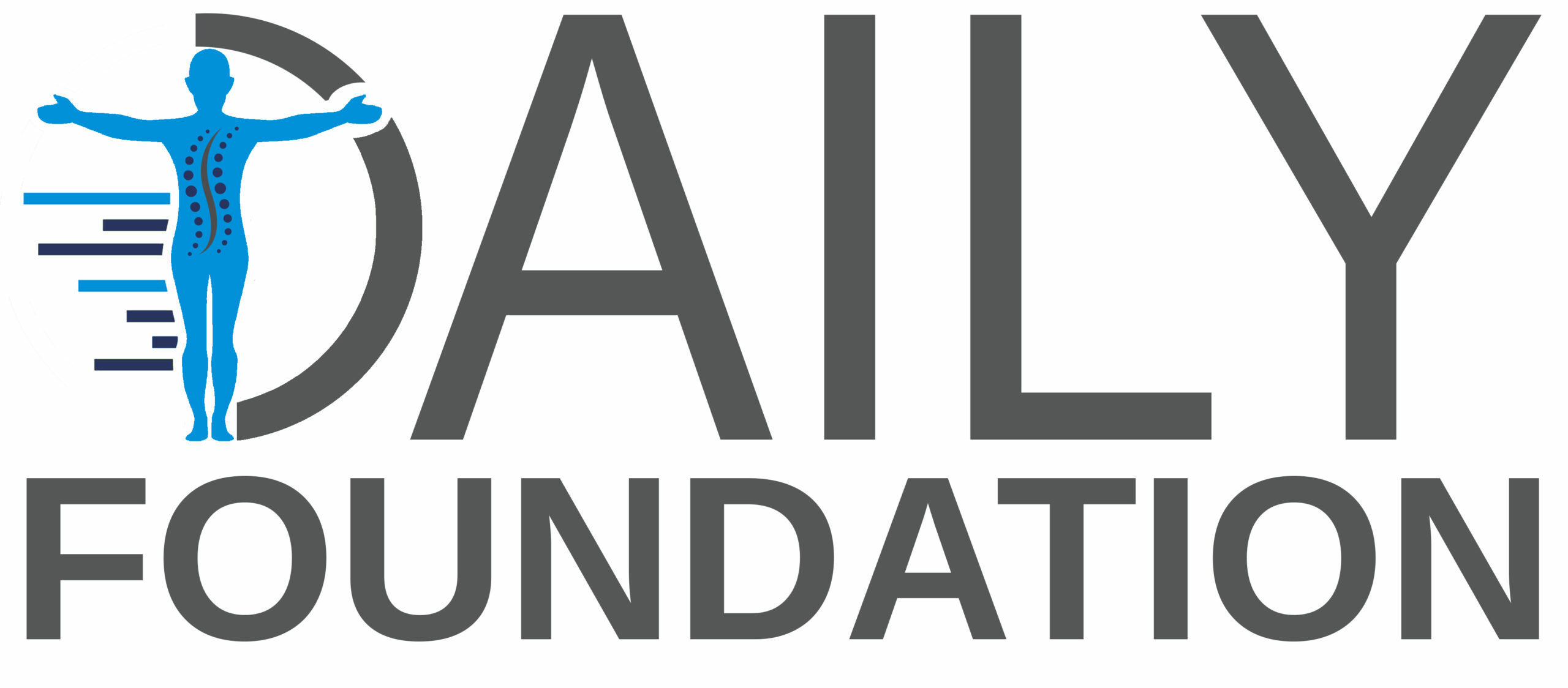Sprains and strains both refer to damage to the soft tissues in the body, including ligaments, tendons, and muscles. They are common injuries that share some symptoms but affect different body parts. People can often treat sprains and strains at home.
A sprain is an overstretched, torn, or twisted ligament. A ligament is a tough band of fibrous tissue that connects bones to other bones or cartilage. Ligaments are usually located around joints. Commonly sprained areas include the wrists, ankles, thumbs, and knees.
A strain is an overstretched, torn, or twisted tendon or muscle. A tendon is a tough cord of fibrous tissue that connects muscles to bones. Commonly strained areas include the legs, knees, feet, and back.
Sprain vs. strain symptoms

A sprain usually happens suddenly around a joint. Symptoms may be mild or severe, according to how many tissue fibers are affected. Symptoms include:
- pain
- swelling
- bruising
- limited movement around the joint
- inability to put weight on the joint or use it normally
- a “popping” sensation at the time of the injury
A strain can also occur suddenly, but it may develop over time. Symptoms include:
- pain or tenderness
- swelling
- bruising
- muscle spasms or cramping
- muscle weakness
- limited movement in the area
Causes of sprains
The most common causes of sprains are falling, twisting, or experiencing trauma to the joint. These types of injuries may cause the joint to move out of its normal range of movement, tearing or stretching the ligament as this happens.
Situations that may result in a sprain include:
- walking or running on an uneven surface
- twisting or pivoting suddenly
- falling and landing on the wrist or hand
- playing racquet sports
- injuries from contact sports
Causes of strains

Strains may occur suddenly (acute) or develop slowly over time (chronic).
Causes of acute strains include:
- lifting a heavy object
- running, jumping, or throwing
- slipping or falling
Causes of chronic strains include playing sports and activities that involve repetitive movements, such as rowing, tennis or running. Sitting or standing in an awkward position for prolonged periods can also cause chronic strains.
Treatment
It is important to follow the four-step RICE protocol for both sprains and strains to reduce swelling and relieve pressure on the affected area:
RICE stands for:
- Rest: Stop any exercise or physical activities and avoid putting any weight on the affected limb.
- Ice: Apply ice to the injury for up to 20 minutes every 2 to 3 hours. People can use bags of frozen vegetables if they do not have ice packs.
- Compression: To help reduce swelling, a person can wrap the affected area with a bandage or trainer’s tape. Loosen the wrap if the area gets numb or if the pain increases.
- Elevation: Keep the injured area raised above chest level if possible.
Over-the-counter medications, such as acetaminophen (Tylenol) and ibuprofen (Motrin IB or Advil), can also help reduce pain and swelling.
When to see a doctor
A person should see a doctor if they experience any of the following with a strain or sprain:
- pain and swelling that gets worse over time
- pain and swelling that does not improve with home treatment
- fever or chills
- difficulty walking or standing without pain
- limited movement and flexibility around the joint or affected area
- numbness or tingling in the affected area
- a deformity or symptoms of instability of the joint/extremity
Prevention

People can help to prevent sprains and strains by:
- Strengthening muscles around joints: Regular conditioning and stability exercises can build a strong skeletal framework and help prevent injuries.
- Warm up properly before exercise: Warming up the muscles increases their range of movement and helps to avoid trauma and tears to connective tissue.
- Wear appropriate footwear: Shoes with proper support can help to protect the ankle and knee joints.
- Be aware of your environment: Watching out for slippery or uneven surfaces, or obstacles that may cause an accident, can help prevent injuries.
- Take breaks: Sitting or standing in one position for too long or performing repetitive actions can put undue strain on the muscles. People can take regular breaks and stretch to release the muscles.
Not all sprains or strains are preventable, but with proper aftercare, people can ensure they do not cause any permanent damage or complications.
Outlook
Mild to moderate strains and sprains should take between 2 days and 1 week to heal. After this, it is essential to ensure the affected body part is well supported to avoid further injury.
Severe sprains and strains may need more time to heal. In some cases, a person may benefit from seeing a physical therapist to regain their range of motion.
